The Pentagon Objected to These 22 War Films—One Became an Oscar-Winning Classic
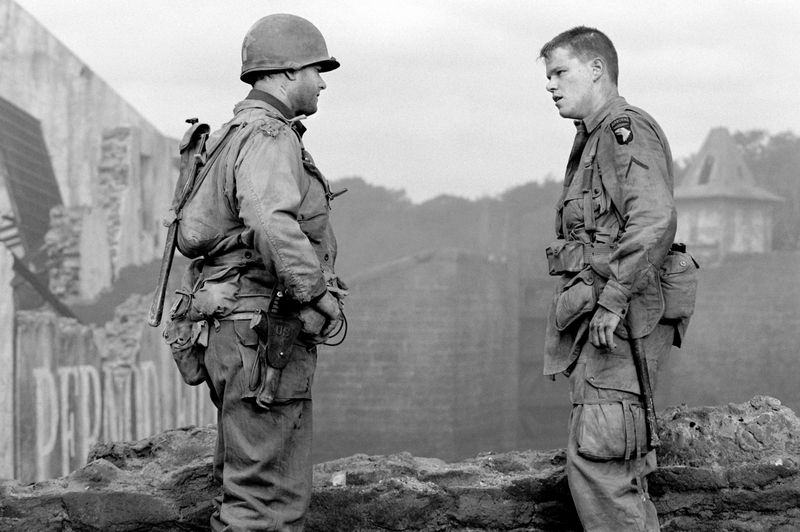
Hollywood and the military haven’t always seen eye to eye when it comes to depicting war on the big screen. The Pentagon regularly reviews scripts and decides whether to provide equipment, locations, and technical advice to filmmakers. When movies challenge military authority, expose uncomfortable truths, or question America’s wars, the Department of Defense often withdraws support. These films pushed boundaries, telling stories the military preferred to keep under wraps.
1. Platoon’s Raw Vietnam Reality
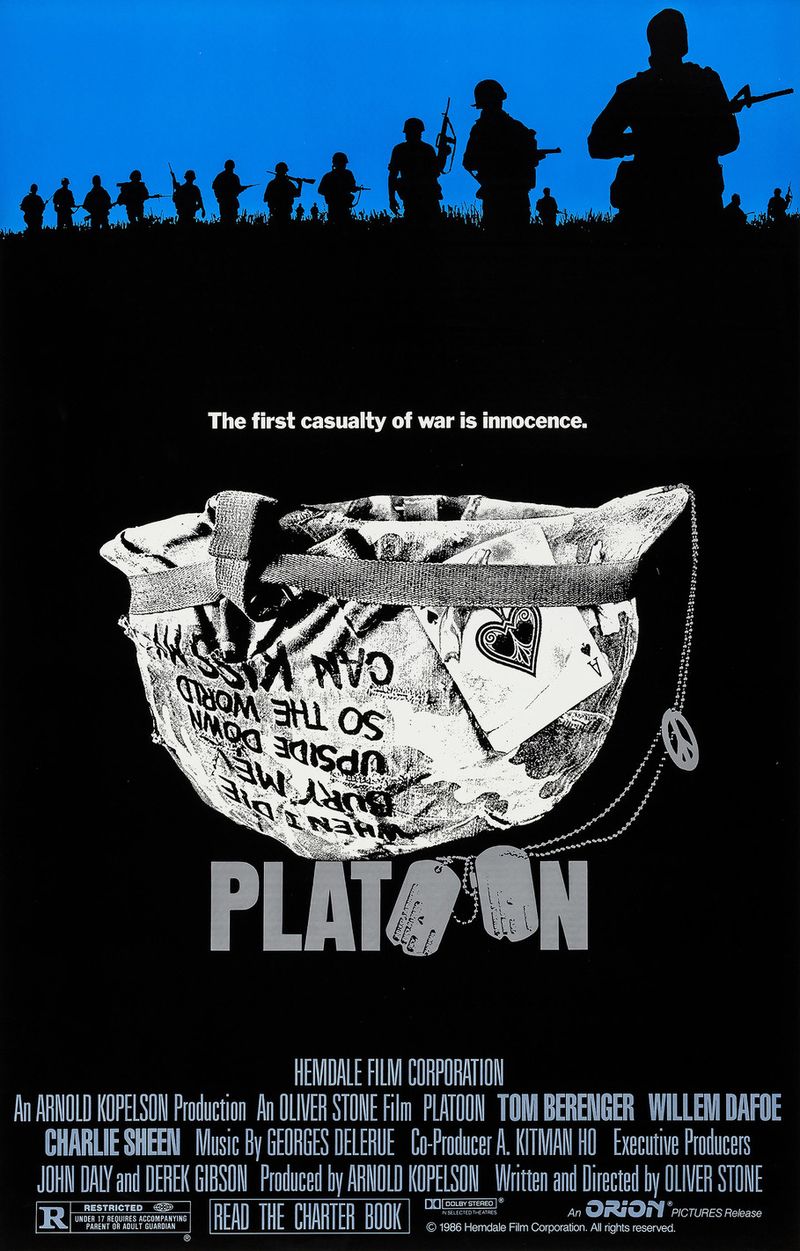
Oliver Stone’s semi-autobiographical masterpiece shocked audiences with its unflinching portrayal of American soldiers in Vietnam. Based on Stone’s own combat experiences, the film rejected heroic war narratives in favor of moral complexity and brutal realism.
The Pentagon balked at supporting a film showing U.S. troops committing atrocities, fighting among themselves, and questioning their mission. Stone’s determination to show war’s psychological toll and ethical quagmires meant shooting without military assistance.
Despite official disapproval, Platoon connected with veterans and civilians alike, winning four Academy Awards including Best Picture and Director in 1987.
2. Apocalypse Now’s Descent Into Madness

Francis Ford Coppola’s hallucinatory journey upriver into the heart of darkness became legendary for both its troubled production and its searing critique of military authority. The film’s surreal portrayal of Vietnam as a landscape of moral insanity and institutional failure guaranteed Pentagon rejection.
Captain Willard’s mission to terminate Colonel Kurtz, who had gone rogue, served as a metaphor for America’s lost purpose in Southeast Asia. Military officials couldn’t stomach a film suggesting their command structure could produce a Kurtz-like figure.
The film’s iconic helicopter assault set to Wagner’s “Ride of the Valkyries” remains one of cinema’s most powerful war sequences.
3. Full Metal Jacket’s Brutal Boot Camp
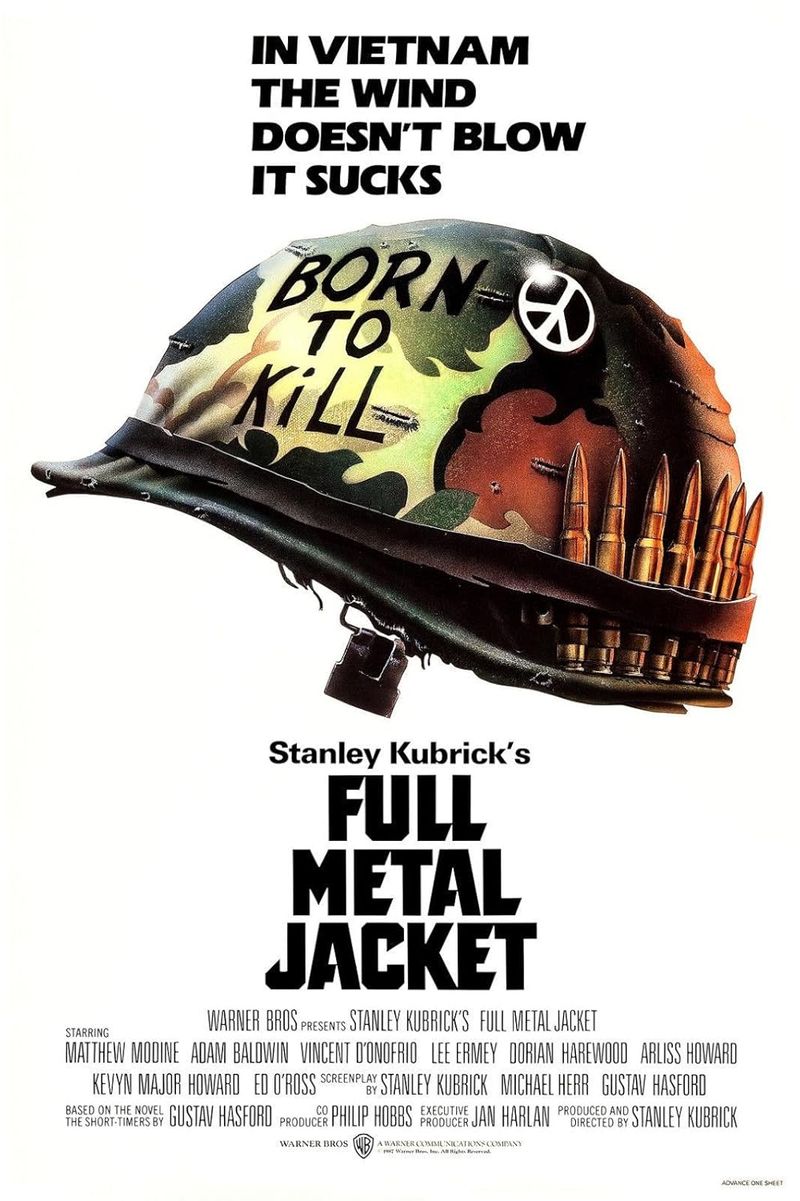
Stanley Kubrick’s clinical examination of how ordinary men become killing machines through Marine Corps training horrified military brass. The film’s first half, focusing on the psychological breakdown of recruits under the sadistic Gunnery Sergeant Hartman, painted a disturbing picture of military indoctrination.
The Pentagon refused cooperation, uncomfortable with Kubrick’s suggestion that dehumanization was a feature rather than a bug in their training system. The film’s stark contrast between the mechanical precision of boot camp and the chaotic urban warfare of Hue City highlighted the military’s failure to prepare soldiers for Vietnam’s realities.
R. Lee Ermey’s performance as Hartman, drawing on his actual experience as a drill instructor, remains terrifyingly authentic.
4. Born on the Fourth of July’s Veteran Betrayal
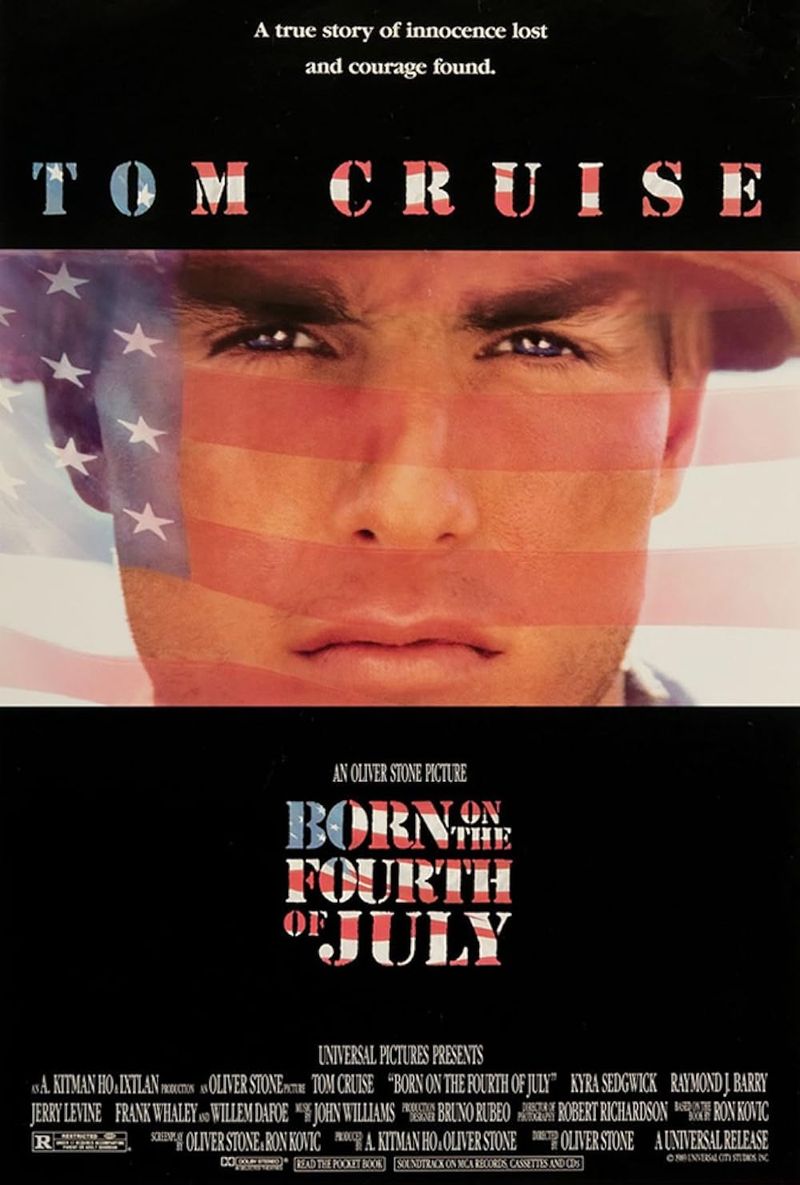
Oliver Stone’s second Vietnam film chronicled Ron Kovic’s journey from patriotic Marine to paralyzed anti-war activist. The Pentagon rejected involvement in a film showing the government’s shameful treatment of wounded veterans and exposing military recruitment propaganda.
Tom Cruise’s powerful performance captured Kovic’s physical and emotional struggles in VA hospitals that resembled squalid warehouses rather than care facilities. Military officials particularly objected to scenes suggesting friendly fire incidents and civilian casualties were commonplace and covered up.
The film’s unforgettable portrayal of Kovic’s disillusionment with institutions he once revered struck a chord with audiences and earned eight Oscar nominations.
5. The Deer Hunter’s Russian Roulette Horror

Michael Cimino’s epic exploration of how Vietnam destroyed the lives of Pennsylvania steelworkers featured the controversial Russian roulette sequences that became powerful metaphors for war’s senseless gambling with human lives. The Pentagon refused support for a film highlighting the psychological destruction of ordinary Americans sent to fight.
Military officials particularly objected to the portrayal of POW treatment and the suggestion that Vietnam veterans returned as broken men unable to reintegrate into society. Robert De Niro and Christopher Walken’s performances captured the before-and-after devastation of combat experience with haunting authenticity.
The film’s final scene, with survivors singing “God Bless America” after a friend’s funeral, remains one of cinema’s most poignant commentaries on patriotism.
6. Casualties of War’s Moral Abyss
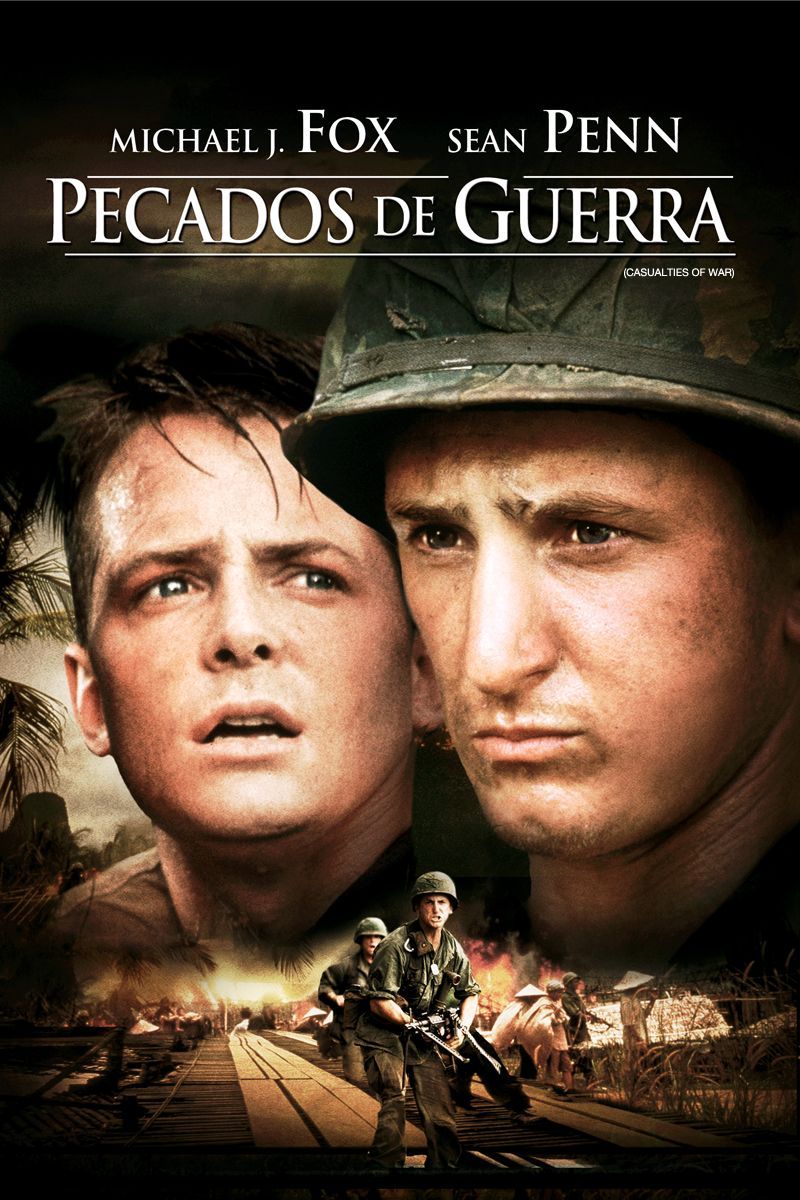
Brian De Palma’s harrowing film based on the real-life kidnapping, rape, and murder of a Vietnamese civilian by U.S. soldiers forced audiences to confront wartime atrocities. The Pentagon predictably refused cooperation for a film depicting American troops as perpetrators rather than heroes.
Michael J. Fox portrayed the lone soldier who tries to prevent the crime and later seeks justice, highlighting the moral choices that remained even in war’s chaos. Military officials objected to the film’s suggestion that such incidents weren’t isolated aberrations but symptoms of a conflict where dehumanizing the enemy led to civilian victimization.
The film’s unflinching portrayal of war crimes committed by American forces remains deeply uncomfortable viewing decades later.
7. Paths of Glory’s Military Injustice
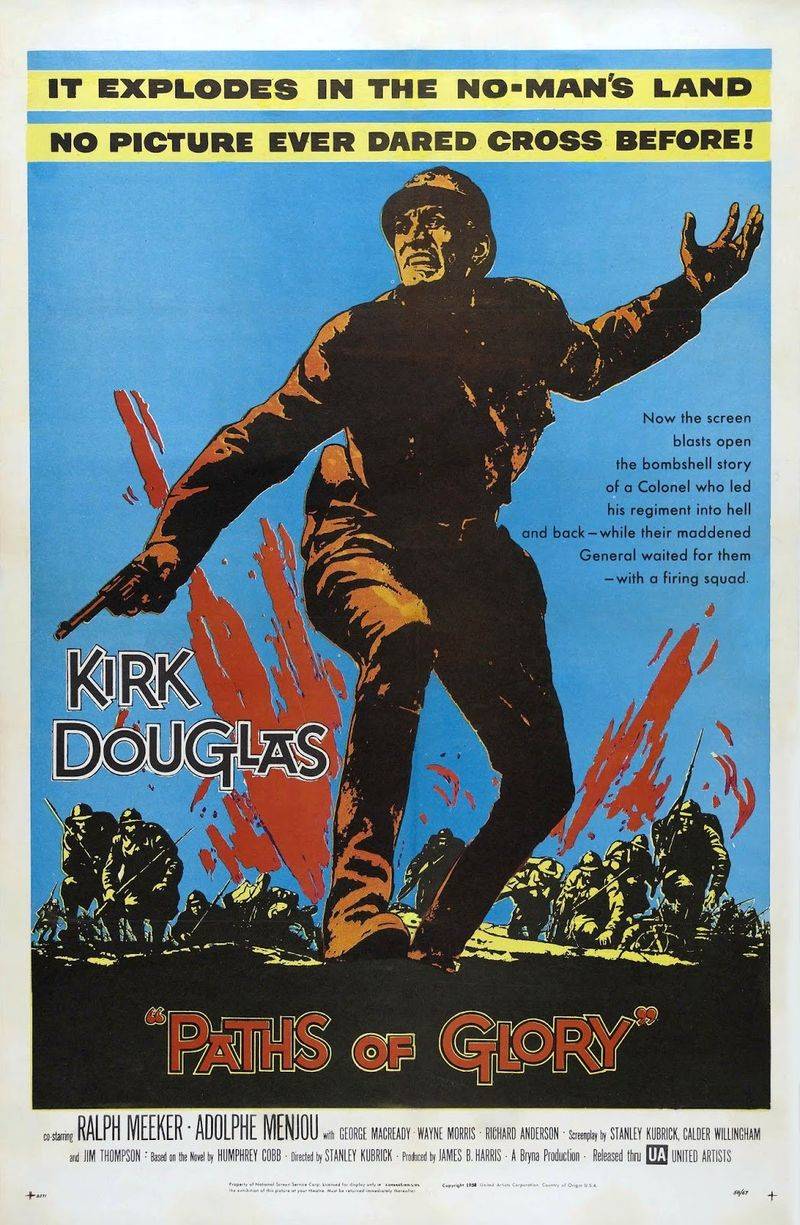
Stanley Kubrick’s 1957 anti-war masterpiece depicted a French general ordering a suicidal attack on an impregnable German position during World War I. When the mission fails, three soldiers are randomly selected for execution to cover up the command’s incompetence.
The film’s scathing indictment of military hierarchy and willingness to sacrifice soldiers for political purposes alarmed Pentagon officials. Kirk Douglas’ powerful performance as Colonel Dax, defending the condemned men in a rigged court-martial, highlighted the film’s moral outrage at institutional injustice.
France banned the film until 1975 due to its negative portrayal of French leadership, while American military advisors warned about its anti-authoritarian message.
8. A Few Good Men’s Code Red Controversy
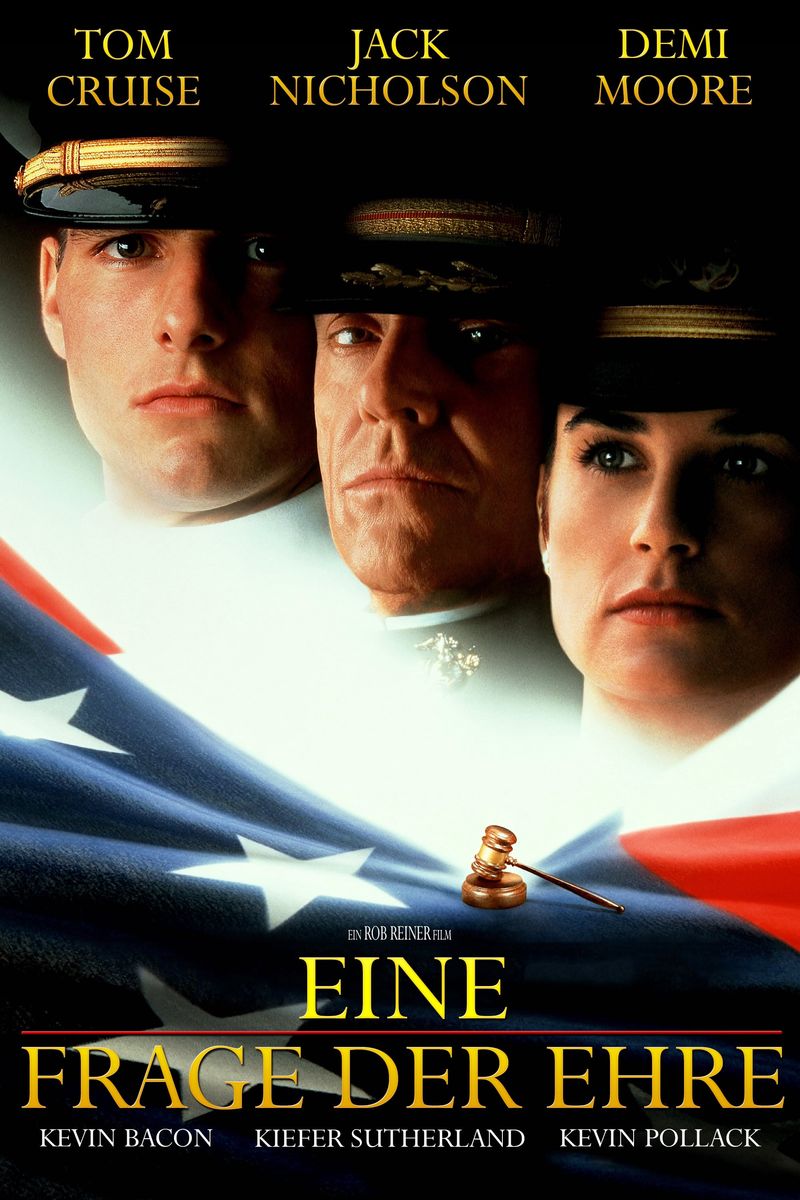
Rob Reiner’s military courtroom drama featured Tom Cruise and Jack Nicholson’s legendary confrontation over whether Marines ordered an illegal “Code Red” punishment that resulted in a soldier’s death. The Pentagon provided limited cooperation but remained uncomfortable with the film’s suggestion that military culture could foster dangerous hazing and cover-ups.
Nicholson’s Colonel Jessup embodied the belief that brutal methods were necessary for national security, regardless of legality or morality. The film exposed tensions between military values and civilian oversight, questioning whether the armed forces should operate outside normal ethical constraints.
The iconic line “You can’t handle the truth!” captured the military’s resentment of civilian judgment about actions taken in the name of national defense.
9. The Thin Red Line’s Philosophical Combat
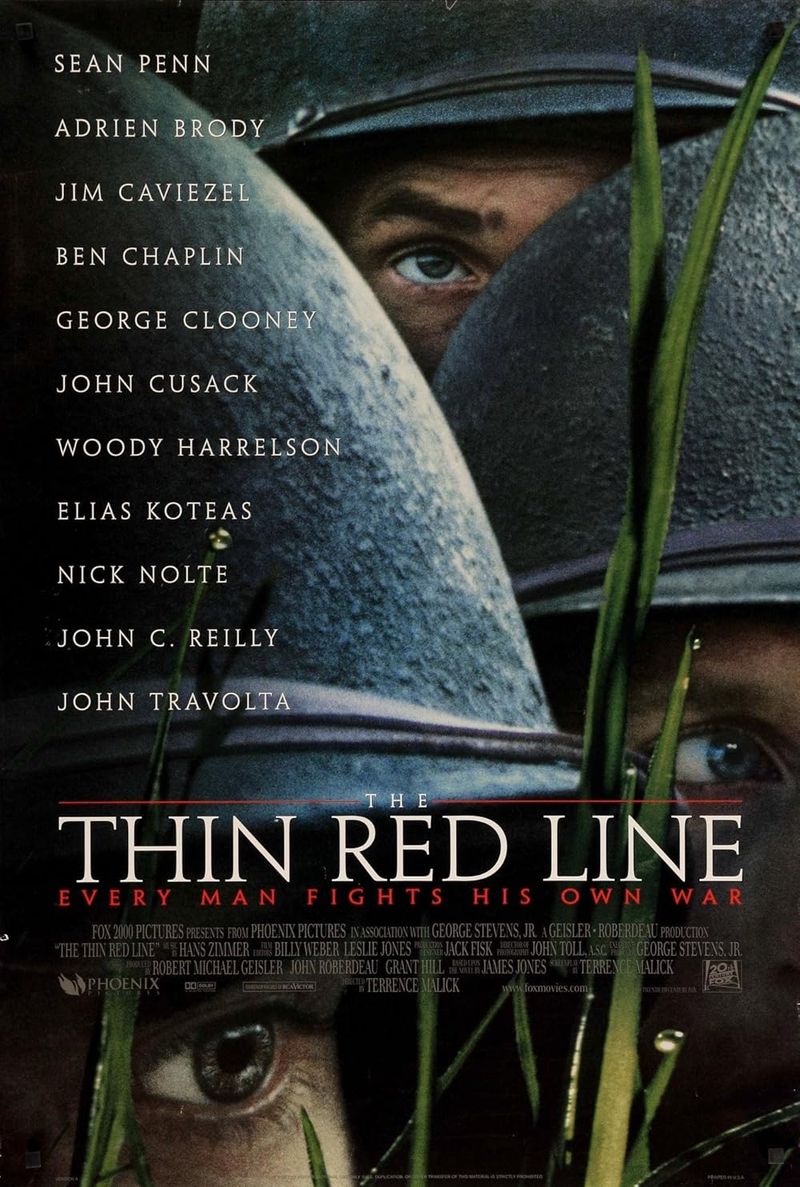
Terrence Malick’s poetic meditation on war through the Guadalcanal campaign rejected traditional combat film conventions. Instead of glorifying heroism, the film pondered mankind’s relationship with nature, violence, and each other, earning Pentagon skepticism.
Military officials found the film’s questioning of war’s purpose and its focus on individual soldiers’ inner lives at odds with preferred narratives of clear-cut mission objectives. The contrast between the Pacific island’s natural beauty and the brutal human conflict served as a powerful metaphor for civilization’s destructive potential.
Though overshadowed by Saving Private Ryan’s release the same year, Malick’s philosophical approach to war filmmaking influenced a generation of directors seeking deeper meaning in combat narratives.
10. Jarhead’s Desert Disillusionment
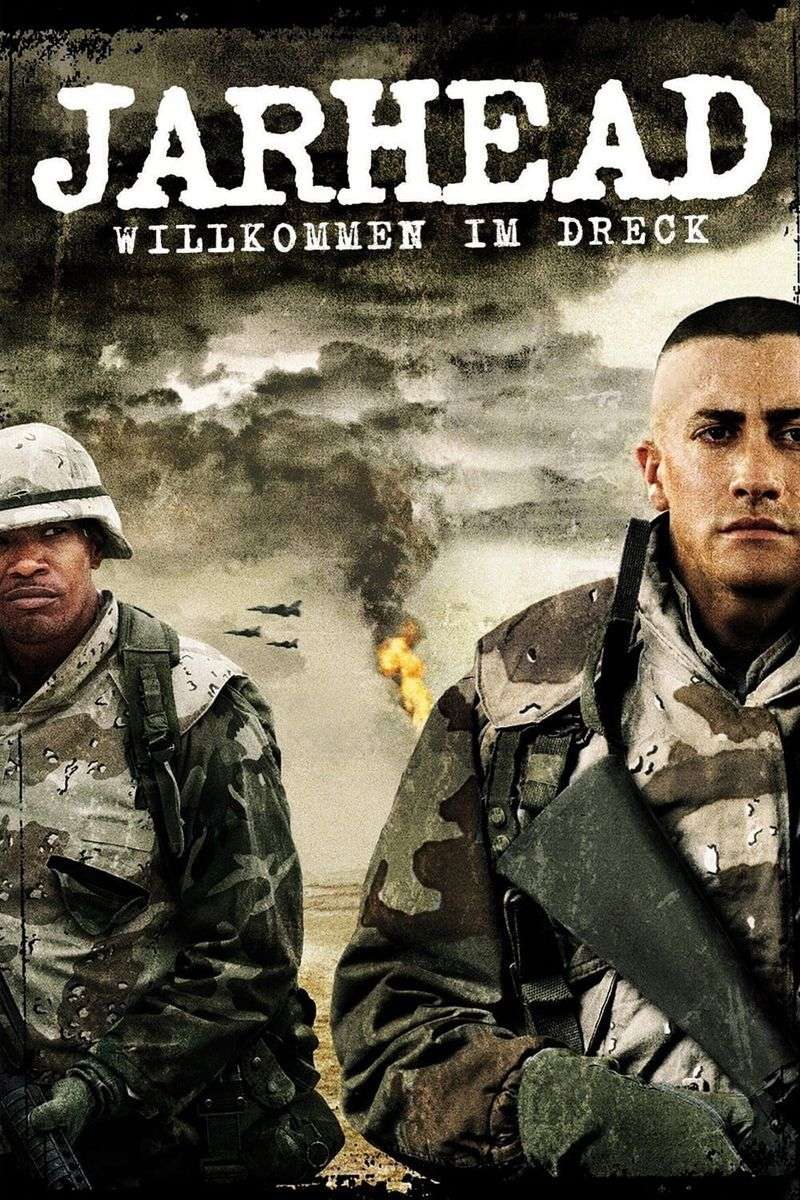
Sam Mendes’ adaptation of Anthony Swofford’s Gulf War memoir frustrated military officials by focusing on boredom, sexual frustration, and psychological strain rather than combat heroics. The film portrayed elite Marines trained to kill who never got the chance, creating a narrative about war preparation without the catharsis of battle.
Jake Gyllenhaal’s Swofford and his fellow snipers watch Vietnam movies like Apocalypse Now as pornography, desperate for the combat experience that largely eludes them. The Pentagon disliked the film’s suggestion that modern warfare left soldiers psychologically damaged even without traditional combat.
The image of oil-drenched soldiers celebrating amid burning Kuwaiti wells captured the surreal, apocalyptic nature of their desert deployment.
11. Good Morning, Vietnam’s Radio Rebellion

Robin Williams’ portrayal of irreverent Armed Forces Radio DJ Adrian Cronauer brought humor to Vietnam War storytelling while exposing military censorship and propaganda. The Pentagon balked at supporting a film showing military brass as humorless bureaucrats more concerned with controlling information than troop morale.
Williams’ manic radio broadcasts, contrasting sharply with official messaging, highlighted tensions between entertainment and propaganda in wartime. The film’s depiction of friendship between Cronauer and Vietnamese civilians complicated the enemy narrative, showing the human cost of conflict beyond combat casualties.
Though lighter in tone than many war films, its criticism of military rigidity and cultural insensitivity during foreign occupations struck a nerve with defense officials.
12. The Hurt Locker’s Adrenaline Addiction

Kathryn Bigelow’s Oscar-winning portrayal of bomb disposal specialists in Iraq presented war as an addictive drug that some soldiers couldn’t live without. Jeremy Renner’s Sergeant James returns to Iraq by choice, unable to readjust to civilian life after experiencing combat’s intensity.
The Pentagon provided no support, uncomfortable with the film’s suggestion that some soldiers fight not for patriotism but for the thrill. Military officials also questioned the film’s depiction of bomb disposal techniques and lone-wolf behavior that violated standard operating procedures.
Despite these objections, The Hurt Locker became the first film directed by a woman to win Best Picture, praised for its visceral portrayal of modern warfare’s psychological complexity.
13. Black Hawk Down’s Somalia Disaster
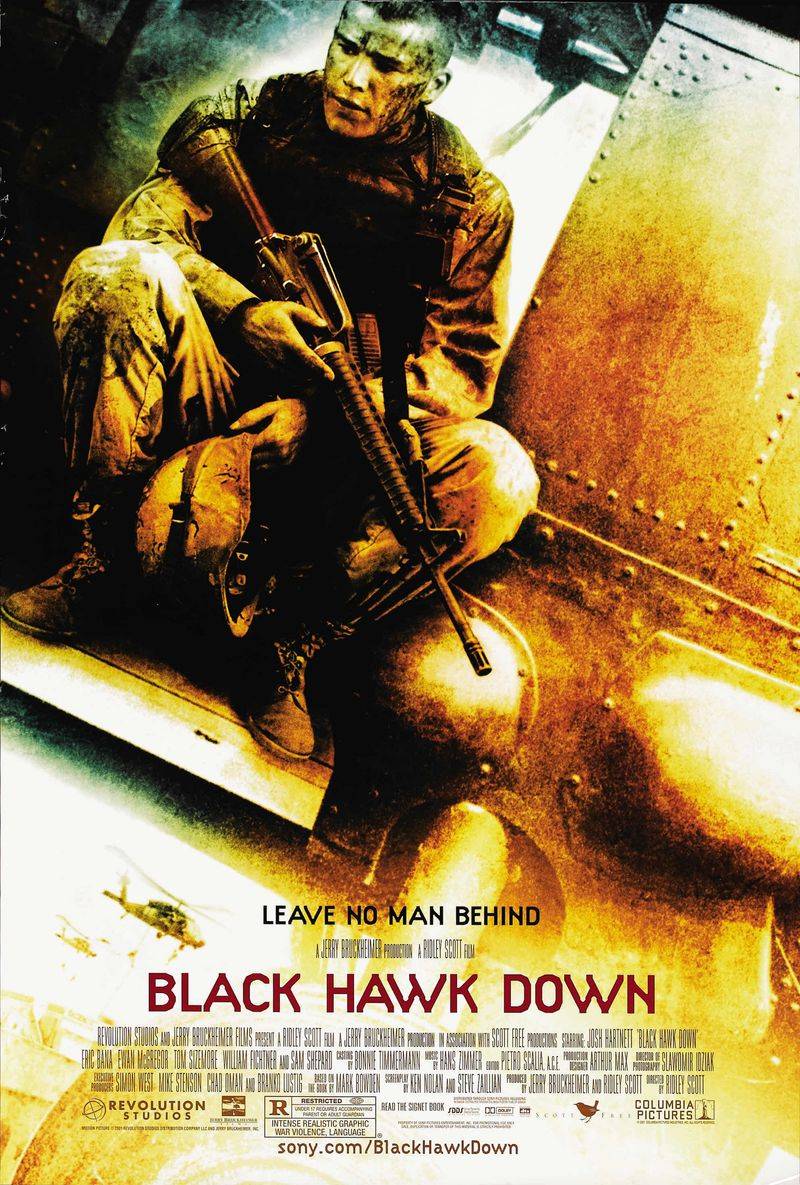
Ridley Scott’s intense recreation of the 1993 Battle of Mogadishu received some military cooperation despite showing a catastrophic mission failure. Eighteen American soldiers died after Somali militias shot down two helicopters, creating a rescue operation that spiraled into urban warfare.
The Pentagon had mixed feelings about the film, appreciating its portrayal of soldier heroism while uncomfortable with its depiction of strategic mistakes and underestimation of local resistance. The film’s unflinching violence and chaotic combat scenes offered no easy patriotic narrative, instead showing modern warfare’s complexity when superpowers engage in humanitarian missions that become combat operations.
The haunting image of a Black Hawk helicopter crashing into an urban neighborhood became emblematic of military miscalculation.
14. Lone Survivor’s SEAL Team Vulnerability

Peter Berg’s adaptation of Marcus Luttrell’s memoir about Operation Red Wings, a failed 2005 mission in Afghanistan, showed elite Navy SEALs outmanned and outgunned by Taliban fighters. The film received some military support despite depicting a tactical disaster that left 19 American special operators dead.
Mark Wahlberg portrayed Luttrell, the mission’s only survivor, in a story highlighting how even the most highly trained soldiers face overwhelming odds in mountainous terrain against determined local fighters. The Pentagon appreciated the film’s ultimate message of sacrifice and heroism but remained uncomfortable with scenes showing America’s most elite warriors defeated.
The brutal physical realism of SEALs tumbling down rocky cliffs while under fire emphasized war’s harsh physical realities beyond typical Hollywood action.
15. Saving Private Ryan’s D-Day Brutality
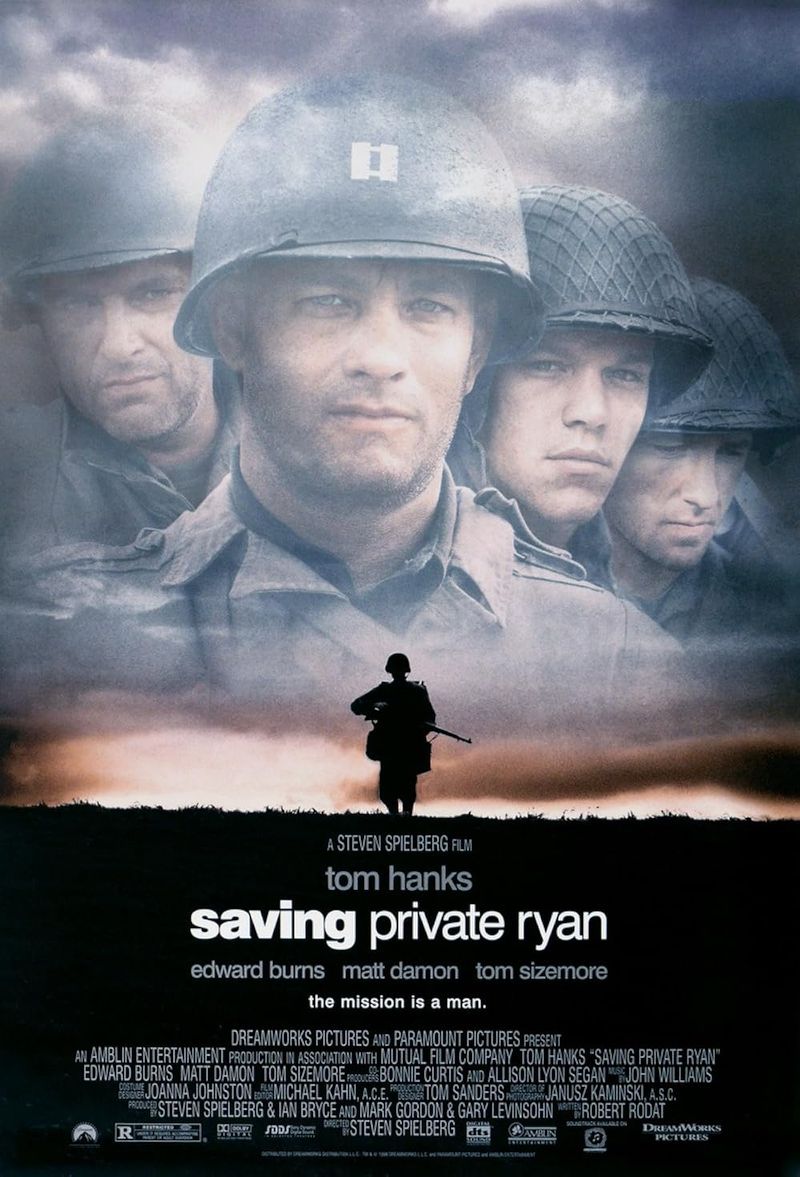
Steven Spielberg’s landmark war film opened with 27 minutes of unprecedented combat realism as American troops stormed Omaha Beach on D-Day. Despite overall reverence for the Greatest Generation, the Pentagon was initially uncomfortable with the graphic violence and moral ambiguity throughout the film.
Tom Hanks’ Captain Miller and his men question the mission to save one soldier when so many others are dying, challenging the neat moral calculus of war. The film’s unflinching portrayal of combat fear, random death, and psychological breakdown contrasted with earlier sanitized WWII films.
Eventually receiving military support, the film’s influence on subsequent war movies cannot be overstated, forever changing how combat could be portrayed on screen.
16. Three Kings’ Gulf War Treasure Hunt

David O. Russell’s darkly satirical take on the 1991 Gulf War follows American soldiers hunting for Kuwaiti gold in the conflict’s chaotic aftermath. The Pentagon refused support for a film portraying U.S. troops as treasure-seeking opportunists rather than noble liberators.
George Clooney, Mark Wahlberg, and Ice Cube’s characters begin as selfish gold-hunters but develop conscience when confronted with Iraqi civilian suffering. Military officials particularly objected to scenes showing American encouragement of Iraqi uprisings that were subsequently abandoned, leaving civilians to face Saddam Hussein’s brutal reprisals.
The film’s innovative visual style, including bullets shown penetrating human bodies in graphic detail, emphasized war’s physical reality behind sanitized CNN footage.
17. Flags of Our Fathers’ Propaganda Deconstruction

Clint Eastwood’s examination of the famous Iwo Jima flag-raising photograph deconstructed how military achievements become propaganda. The Pentagon provided limited support but remained uncomfortable with the film’s suggestion that heroic narratives are often manufactured for public consumption.
The film followed the surviving flag-raisers as they’re paraded across America to sell war bonds, feeling like frauds as their staged photo overshadowed the real battlefield sacrifice. Military officials recognized the film’s ultimate respect for the troops while questioning its critical examination of how wartime achievements are packaged for civilian consumption.
Eastwood’s companion film, Letters from Iwo Jima, showing the Japanese perspective, further complicated traditional American war narratives.
18. The Messenger’s Death Notification Trauma
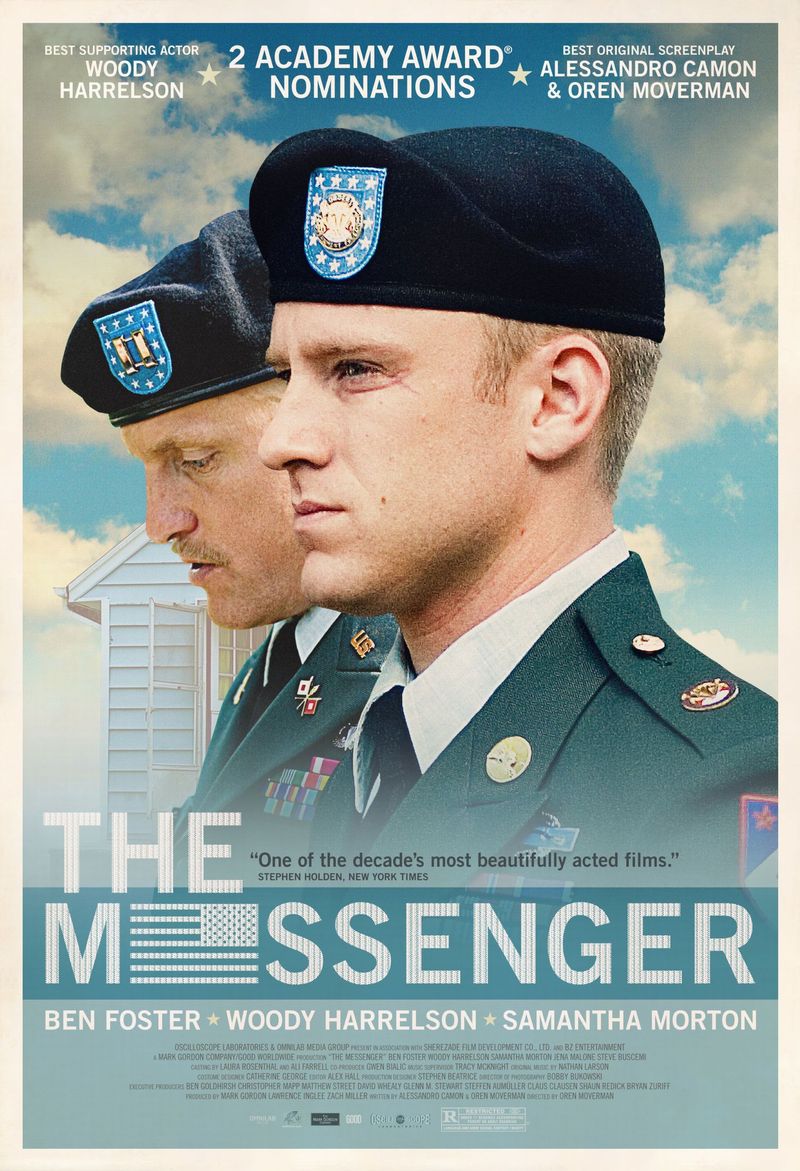
Oren Moverman’s intimate drama follows two soldiers assigned to the Army’s Casualty Notification service, delivering the worst possible news to families of fallen troops. The Pentagon provided minimal cooperation for a film exposing the psychological toll of this grim duty.
Woody Harrelson and Ben Foster portrayed officers struggling to maintain professional detachment while witnessing raw grief daily. Military officials were uncomfortable with the film’s focus on war’s stateside consequences rather than battlefield heroics, particularly scenes showing notification officers drinking heavily to cope with their assignment.
The film’s unforgettable doorstep notification scenes, showing families’ first moments of devastating loss, offered a perspective rarely seen in war films focused on combat.
19. Rambo: First Blood’s Veteran Breakdown

Before becoming an over-the-top action franchise, the original First Blood presented John Rambo as a traumatized Vietnam veteran mistreated by civilian authorities and forgotten by the country he served. The Pentagon refused support for a film suggesting Vietnam veterans returned as unstable time bombs rather than honored heroes.
Sylvester Stallone’s Rambo, pushed too far by a small-town sheriff, uses his combat skills against a system that discarded him after service. Military officials particularly objected to Rambo’s emotional breakdown in the film’s finale, where he sobs about witnessing friends die while America turned its back on returning soldiers.
The film’s critique of veteran treatment resonated deeply with Vietnam-era servicemen who felt similarly abandoned.
20. In the Valley of Elah’s Military Justice Failure
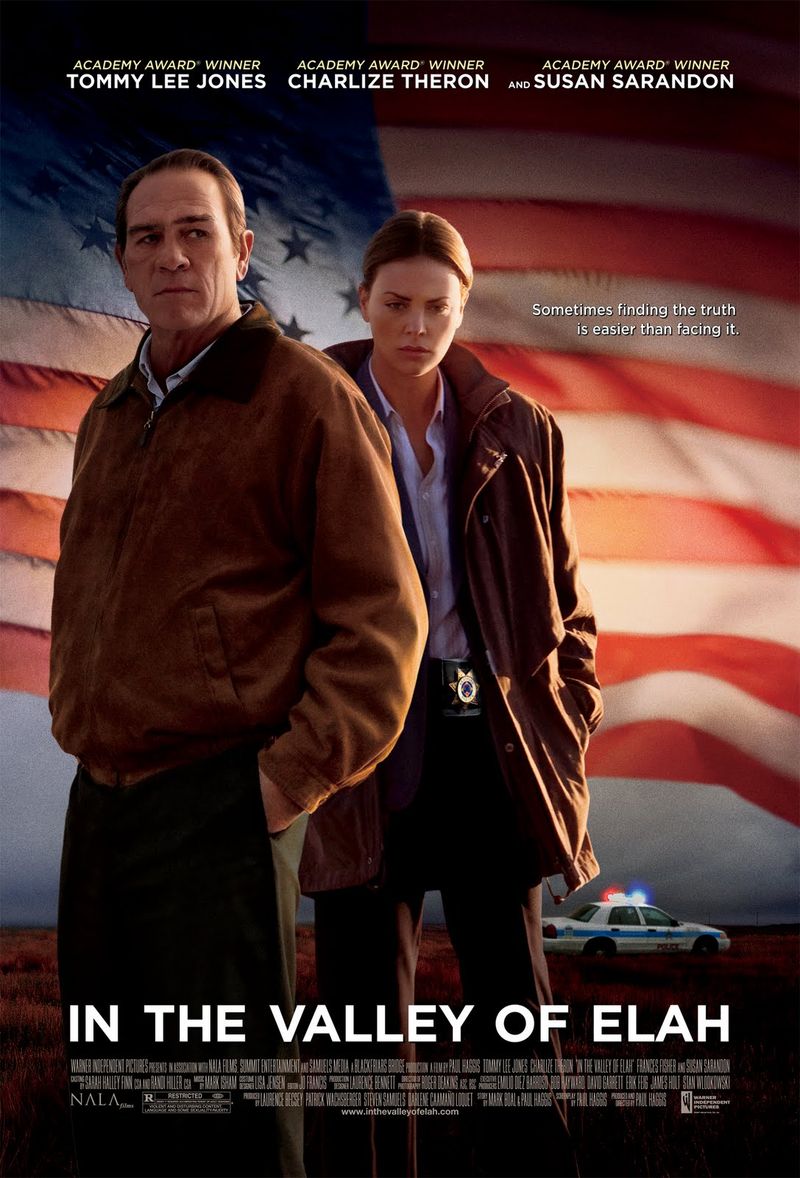
Paul Haggis’ somber investigation drama follows a retired military policeman searching for truth about his son’s murder after returning from Iraq. Tommy Lee Jones portrayed a father discovering how combat trauma transformed his son and his fellow soldiers into people capable of terrible acts.
The Pentagon refused cooperation for a film suggesting military culture and combat experience could morally corrupt American troops. The film’s unflinching examination of how war damages those who fight it, leading to stateside violence and institutional cover-ups, challenged the military’s preferred narrative about service and honor.
The image of an American flag hung upside down—the international distress signal—served as the film’s powerful metaphor for a military and nation in moral crisis.
21. The Last Detail’s Profane Navy Journey
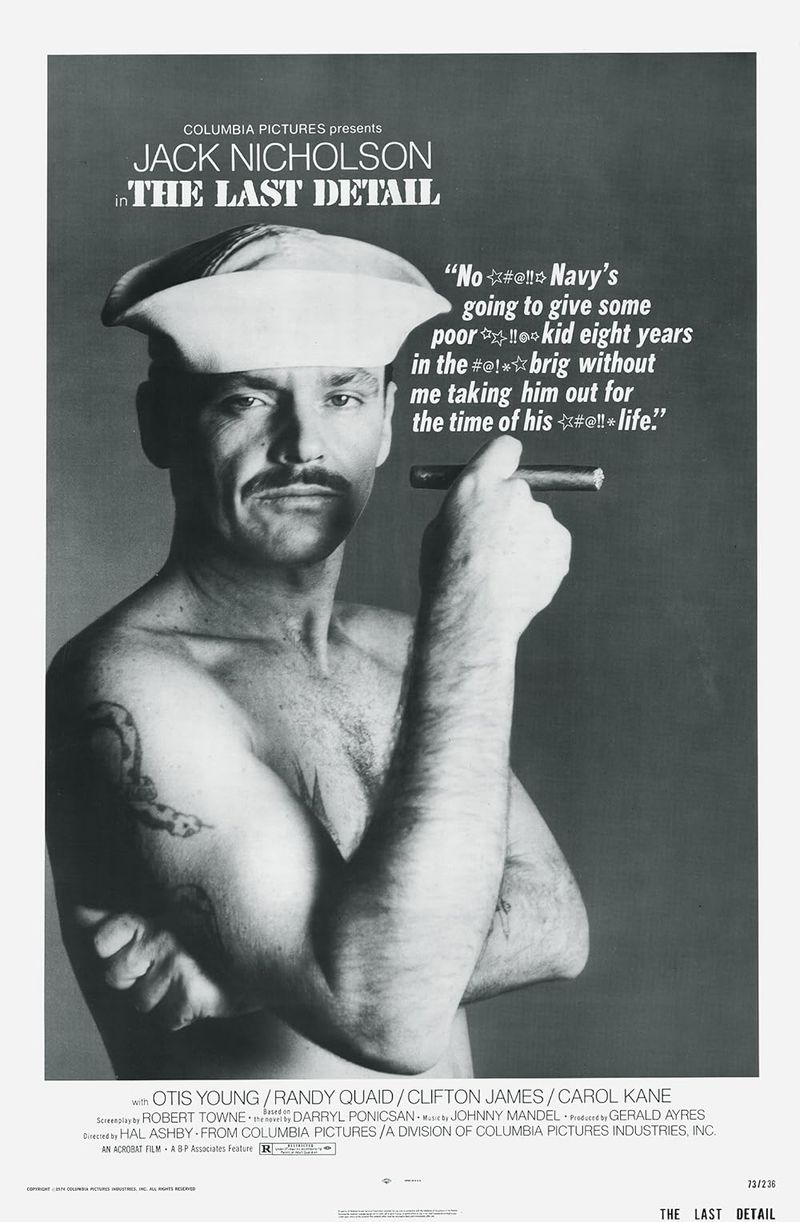
Hal Ashby’s 1973 character study about two Navy lifers escorting a young sailor to military prison broke new ground with its authentic military dialogue. The record-breaking profanity and anti-authoritarian attitude guaranteed Pentagon rejection.
Jack Nicholson’s performance as Signalman “Bad Ass” Buddusky captured military subculture with unprecedented authenticity, showing sailors’ crude language and rebellious spirit beneath their uniforms. Navy officials refused filming access to bases or ships, uncomfortable with the film’s suggestion that career sailors recognized the absurdity of military justice while being powerless to change it.
The film’s bittersweet journey, giving a young sailor one last taste of freedom before imprisonment, humanized military personnel beyond typical heroic portrayals.
22. An Officer and a Gentleman’s Training Controversy
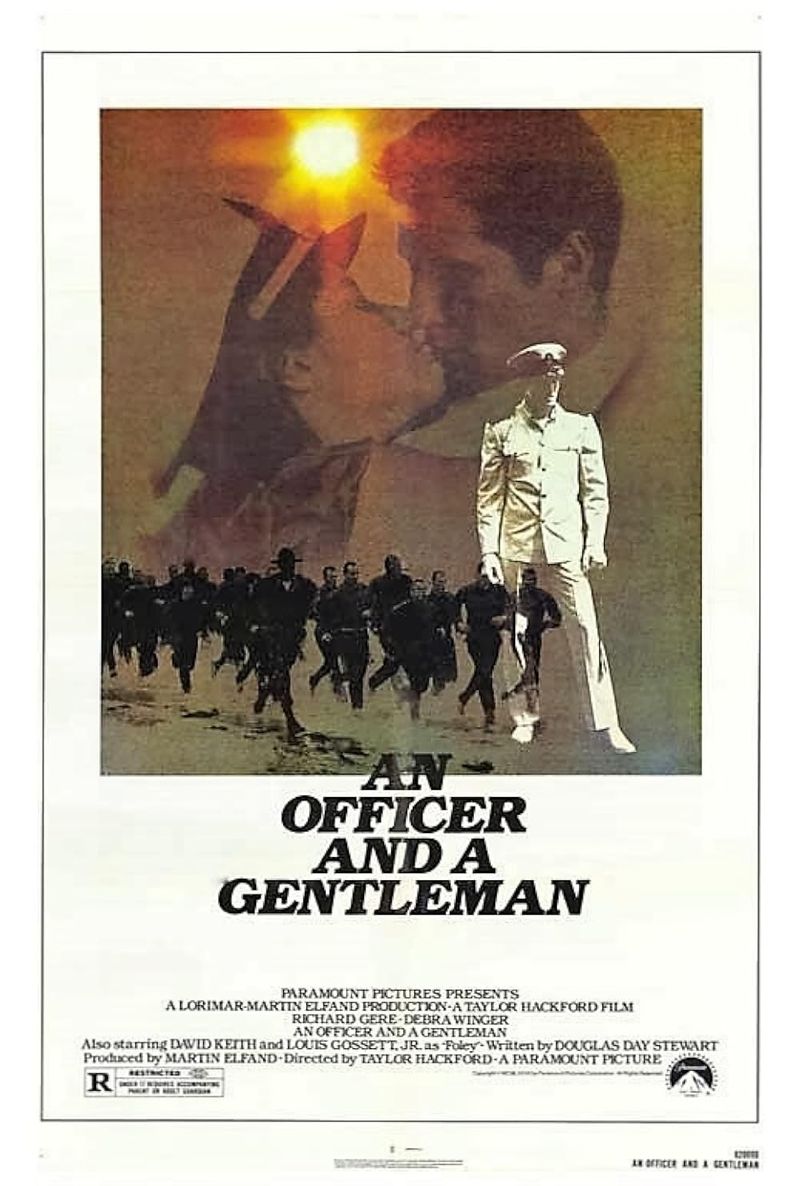
Taylor Hackford’s romantic drama featured Richard Gere as a Naval Aviation Officer Candidate enduring harsh training while falling in love with a local woman. The Navy initially refused cooperation, objecting to depictions of hazing, candidate suicide, and relationships with local “officer-chasers.”
Louis Gossett Jr.’s drill instructor Foley embodied military training’s psychological intensity, breaking down candidates to build them anew. After script revisions and framing the story through Marine Corps rather than Navy perspectives, limited military support was provided.
Despite these controversies, the film’s iconic ending—with Gere in his white uniform carrying Debra Winger from the factory—became one of cinema’s most memorable romantic moments, ironically making Naval officer careers look appealing to a generation of viewers.

Comments
Loading…